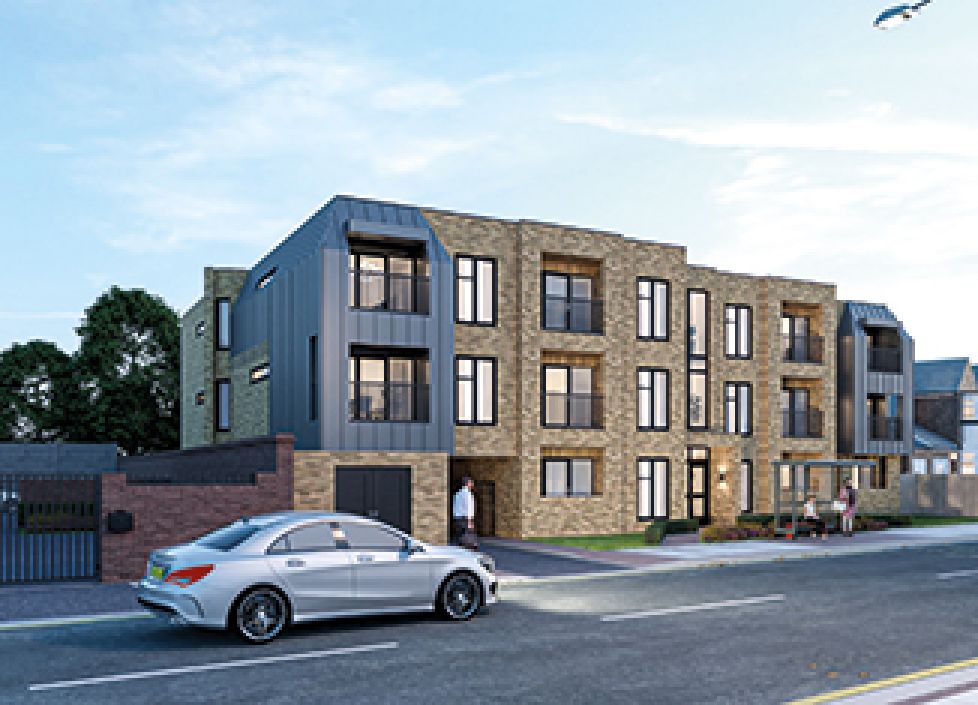Even as planning policy cautiously opens the door to Green Belt development through the introduction of the Grey Belt, urban regeneration remains an essential tool in meeting the UK’s housing needs. The idea that Green Belt land can now contribute more significantly to housing delivery does not negate the value, or indeed the necessity, of revitalising our cities from within.
Despite its potential to release substantial amounts of land for development in some areas, the scope of the Grey Belt is limited. It often comprises small or fragmented sites with complex ownership, restricted access, or environmental constraints. It is not, and cannot be, a silver bullet.
This is particularly pertinent where I am based, in Bristol. The wider Bristol and Bath Green Belt covers roughly 71,700 hectares, distributed across six local planning authorities (Bristol Council figures). While Bristol is under mounting pressure to deliver thousands of homes (partly to compensate for historically poor delivery) to do so utilising Grey Belt land would rely on neighbouring authorities including North Somerset, South Gloucestershire and Bath & North East Somerset which naturally brings about political challenges.
This reinforces the importance of maximising urban land through regeneration. A brownfield-first approach, long championed by many local authorities including the Mayor of London, remains not only relevant but vital. As Sadiq Khan recently noted, conversations about releasing Green Belt land should only be had once all viable brownfield sites have been brought forward. The mayor’s view is that without following this approach, key urban sites risk sitting dormant, to the detriment of affordability, city centre regeneration, and meeting housing need on a local level.
Furthermore, regeneration brings more than just housing. It enables mixed-use neighbourhoods with embedded infrastructure, sustainable transport and access to services, to the benefit of local residents, commuters and residents alike. It also reduces car dependency and cuts the carbon footprint associated with infrastructure expansion.




















